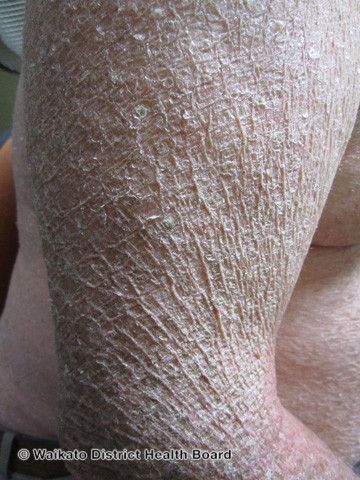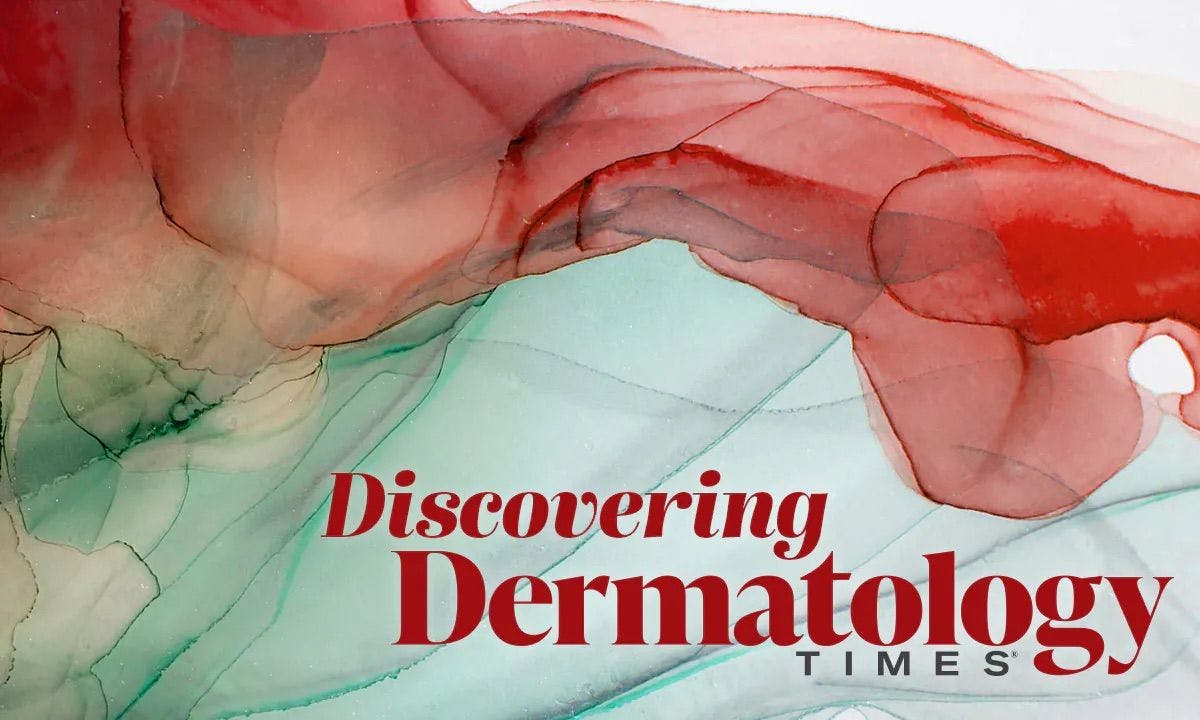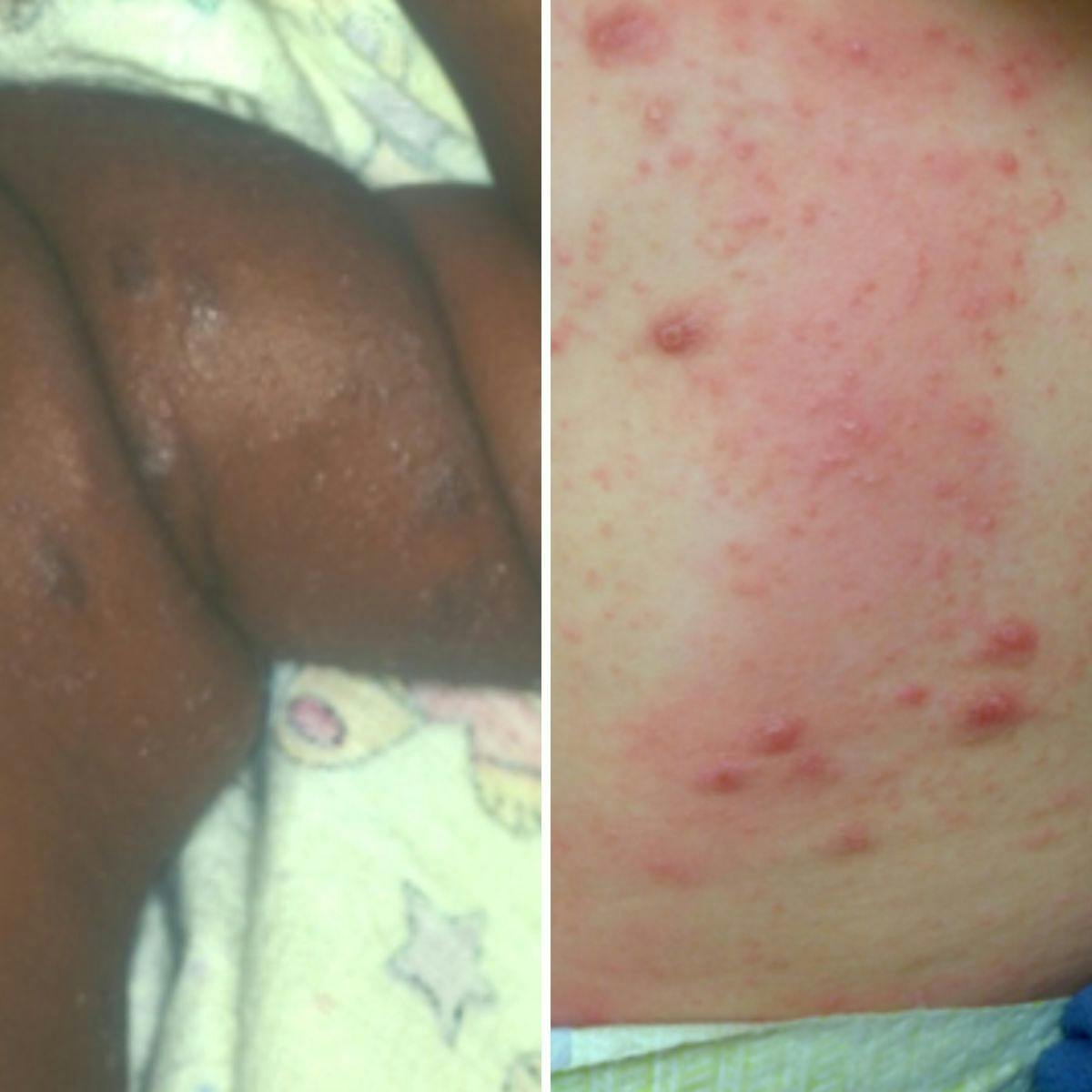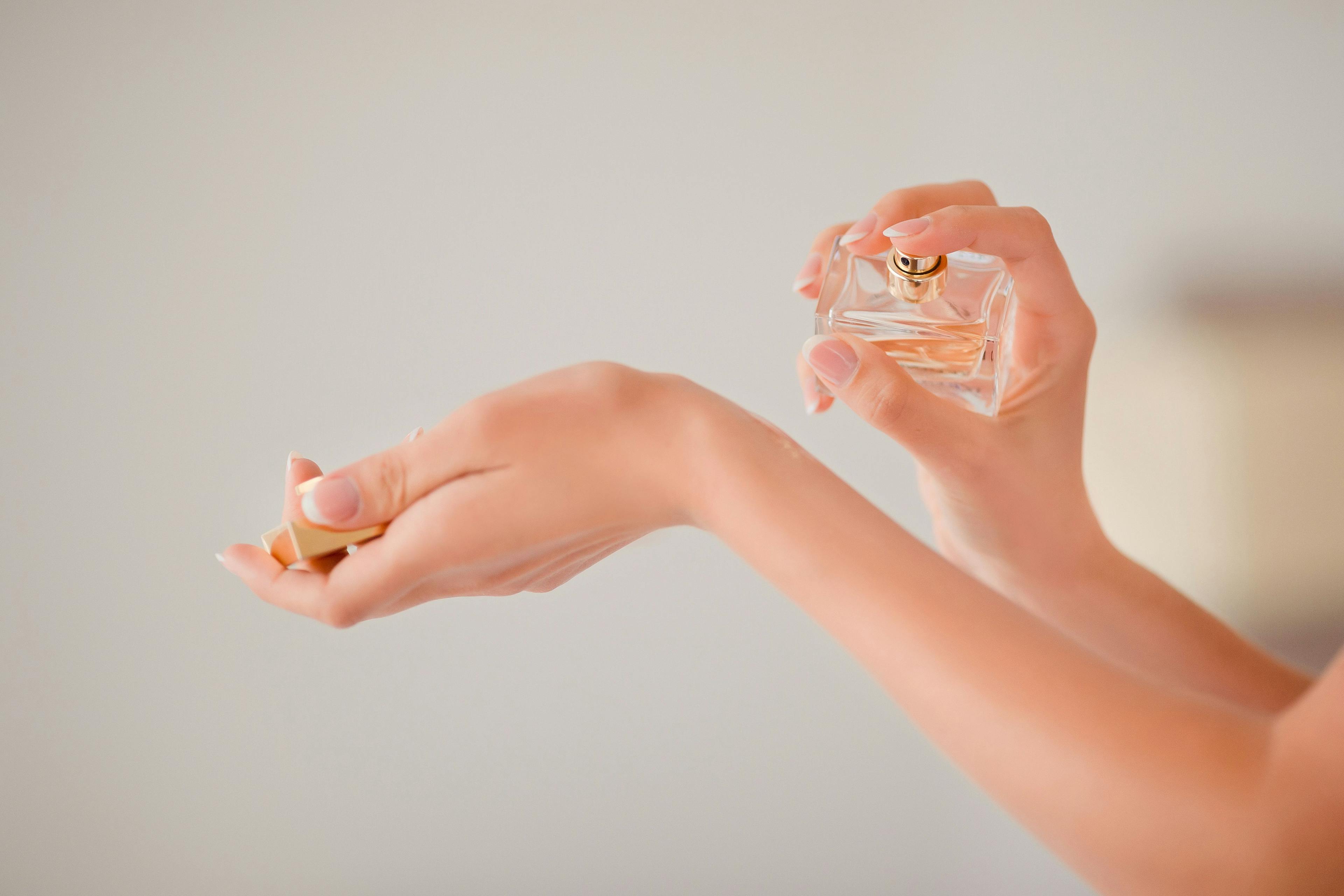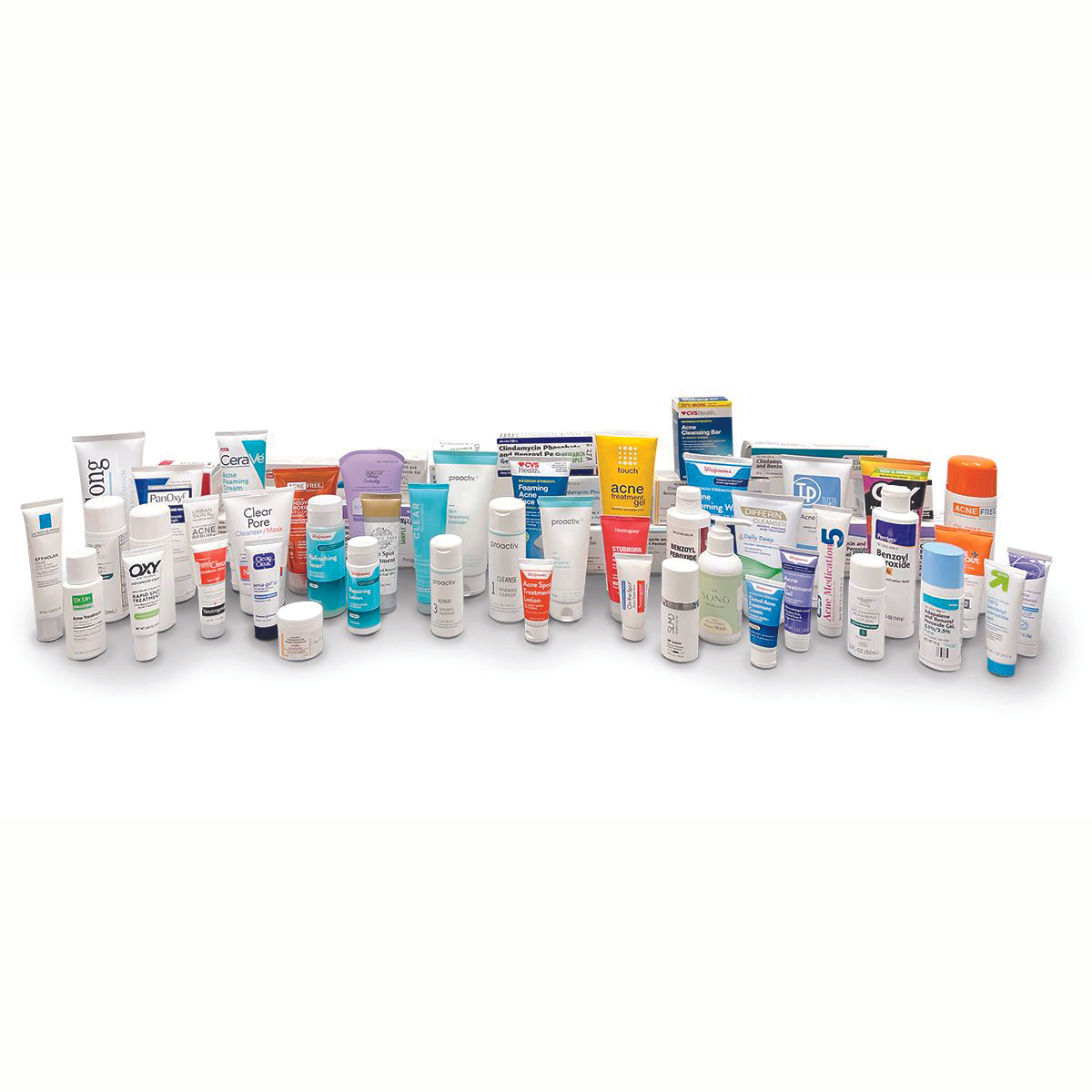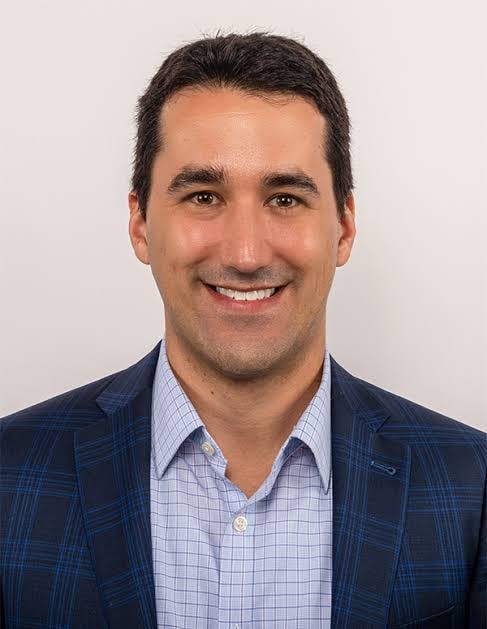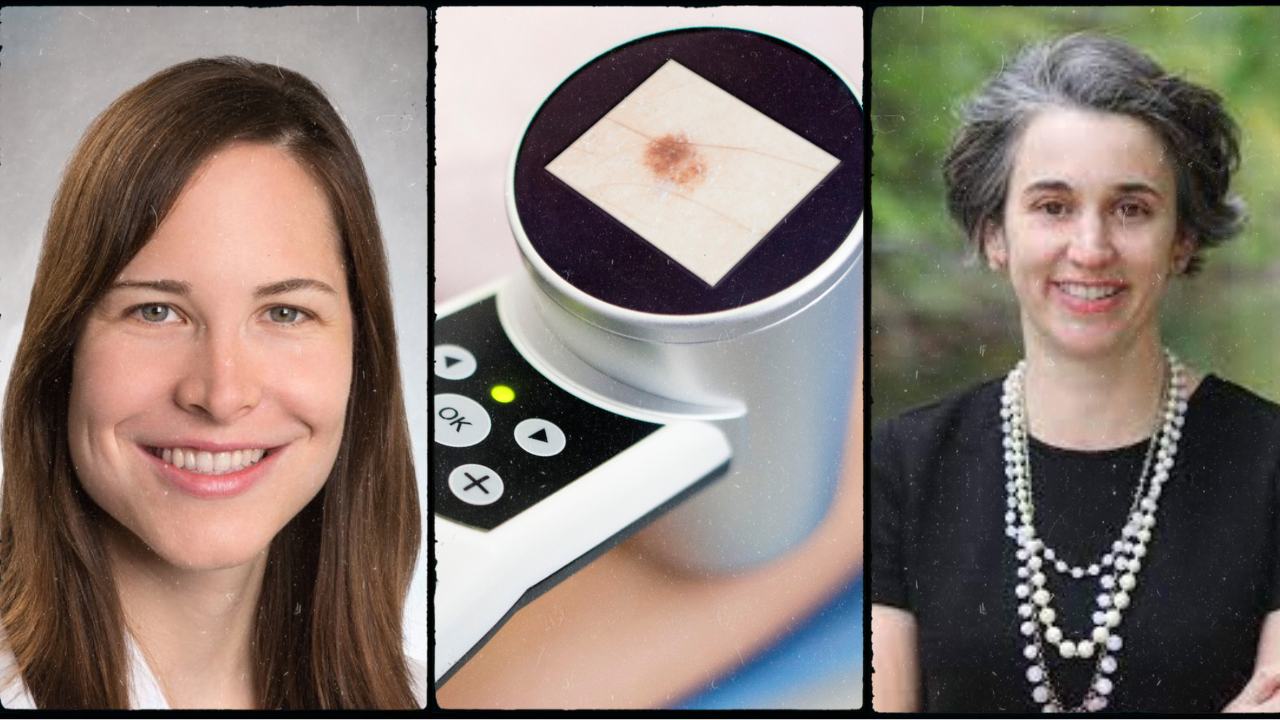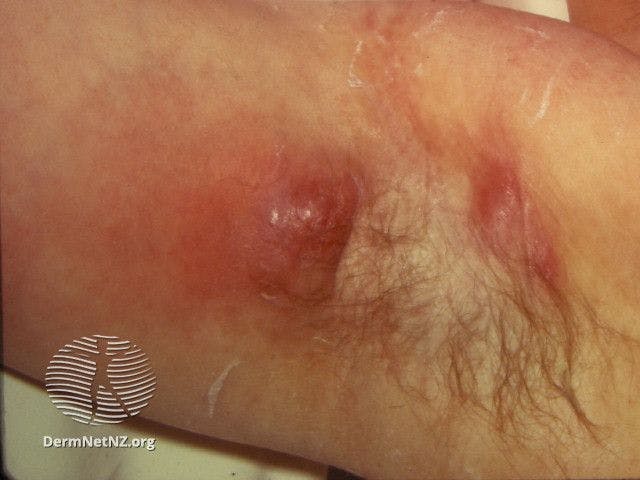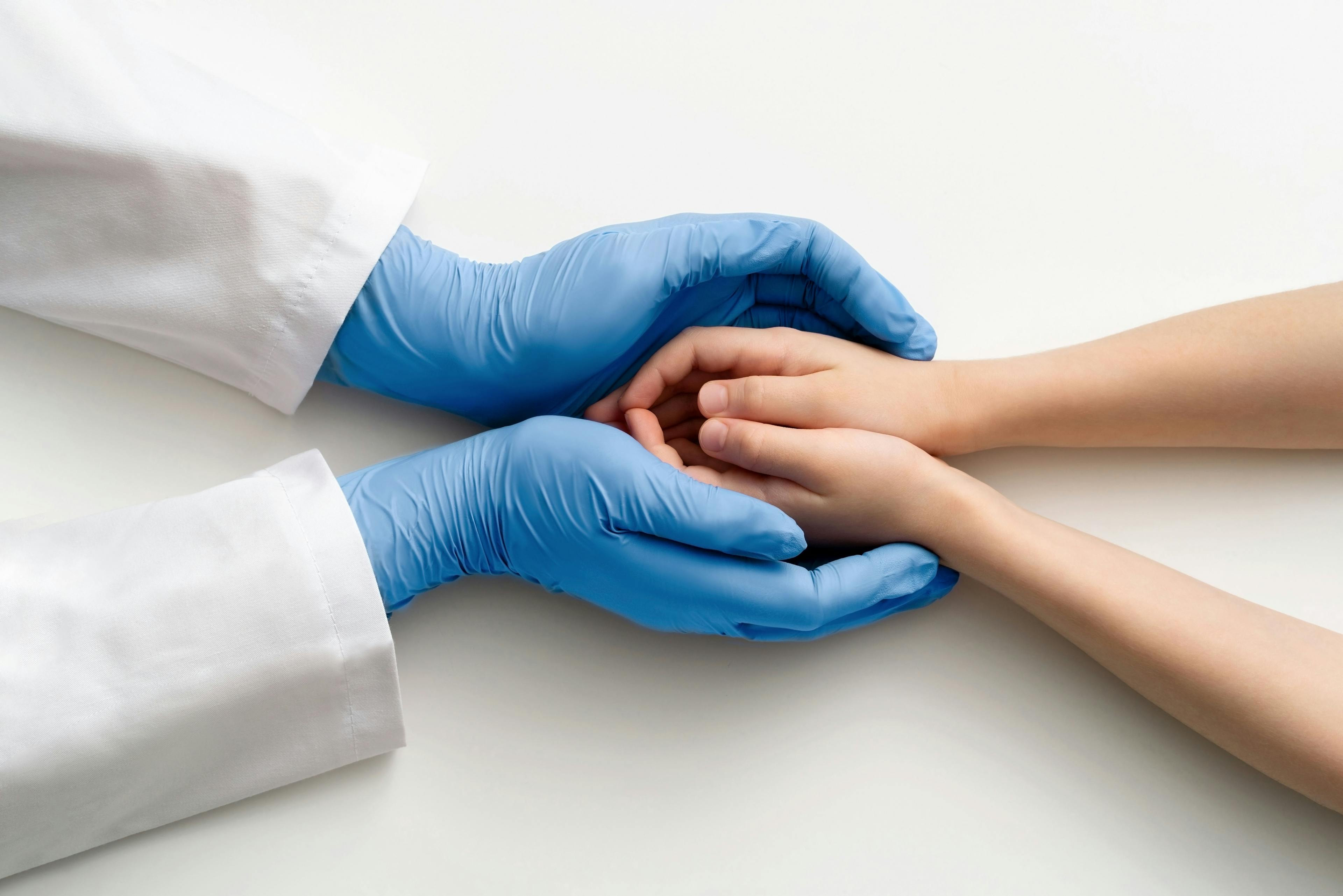- Acne
- Actinic Keratosis
- Aesthetics
- Alopecia
- Atopic Dermatitis
- Buy-and-Bill
- COVID-19
- Case-Based Roundtable
- Chronic Hand Eczema
- Chronic Spontaneous Urticaria
- Drug Watch
- Eczema
- General Dermatology
- Hidradenitis Suppurativa
- Melasma
- NP and PA
- Pediatric Dermatology
- Pigmentary Disorders
- Practice Management
- Precision Medicine and Biologics
- Prurigo Nodularis
- Psoriasis
- Psoriatic Arthritis
- Rare Disease
- Rosacea
- Skin Cancer
- Vitiligo
- Wound Care
News
Article
Dermatology Times
Managing Ichthyosis in the General Dermatology Office
Author(s):
Christopher Bunick, MD, PhD, provides tips for the general dermatologist to treat ichthyosis and shares data on TMB-001 in development for ichthyosis.
“Not every ichthyosis patient has to be referred to an expert. We want dermatologists to be able to handle many of the ichthyosis patients,” said Christopher Bunick, MD, PhD, to kick off his session on managing ichthyosis in the general dermatology office at the 2024 American Academy of Dermatology (AAD) Annual Meeting in San Diego, California.1
Bunick, an associate professor of dermatology and a physician-scientist at the Yale School of Medicine in New Haven, Connecticut, and Dermatology Times’ Editor in Chief, presented a typical case of a patient with congenital ichthyosis that dermatologists may see in their general practice. The 12-year-old patient had extensive scaling on the chest, abdomen, arms, legs, and feet.
To help colleagues recognize and develop a treatment approach to ichthyosis, Bunick published guidelines with Evelyn Lilly, MD, that map out different clinical approaches. Initial considerations for the management of ichthyosis include genetic testing, neonates, bathing practices, exfoliation, moisturizers, health monitoring, retinoids, and thermodysregulation.2
Bunick noted that while many dermatologists may start with moisturizers and keratolytics because that’s what has previously been done, it may not be beneficial for all patients with ichthyosis. If a patient isn’t responding to typical moisturizing, that raises the question of patient quality of life, according to Bunick.
With permission from the family, Bunick discussed a patient who he has cared for who has experienced years of frustrations due to no relief from moisturizers, Epsom salt baths, creams, or oils.
“This is a typical ichthyosis patient who may not be responding to moisturizers and keratolytics like we think, so what are we going to do? Well, genetic testing might be a great start and in this particular patient, they had a steroid sulfatase mutation which is associated with X-linked recessive ichthyosis. This particular form of ichthyosis has an incidence of about one in 3000, and it results in this deficiency of steroid sulfatase, and this means that cholesterol sulfate accumulates in the stratum corneum, retained corneodesmosomes, and reduced corneocyte desquamation,” said Bunick.
New Treatment on the Horizon
TMB-001, a topical isotretinoin formulation, is currently in development for the treatment of congenital ichthyosis.TMB-001 uses a patented polyethylene glycol technology to deliver isotretinoin to the skin of patients with congenital ichthyosis. The advantage of TMB-001 is that it’s designed to limit systemic retinoid exposure and reduces adverse effect risks of systemics or retinoids.
In the phase 2b CONTROL study, 64% of patients treated with TMB-001 0.05% in the intent to treat population achieved Visual Index for Ichthyosis Severity (VIIS-50) reduction of 50% or more. In the per protocol population, 100% of patients treated with TMB-001 0.05% achieved VIIS-50.
In the phase 3 ASCEND trial, clearance was demonstrated of the example patient’s back, arms, legs, and feet. Regarding blood levels with isotretinoin, the peak plasma isotretinoin concentration for the patient was 5 ng/mL. According to Bunick, the systemic exposure to isotretinoin and its metabolites from this topical form of isotretinoin is near 0. Bunick also shared examples of TMB-001 successful in patients with skin of color.
To end his session, Bunick shared practical considerations to be aware of, including TMB-001 can strip varnish from wood surfaces if a patient applies TMB-001 and touches a wood surface before letting it dry.
References
1. Bunick CG. Think like an expert about ichthyosis. Presented at: 2024 American Academy of Dermatology Annual Meeting; March 8-12, 2024; San Diego, CA.
2. Lilly E, Bunick CG. Congenital ichthyosis: a practical clinical guide on current treatments and future perspectives. Clin Cosmet Investig Dermatol. 2023;16:2473-2479. Published 2023 Sep 11. doi:10.2147/CCID.S388608
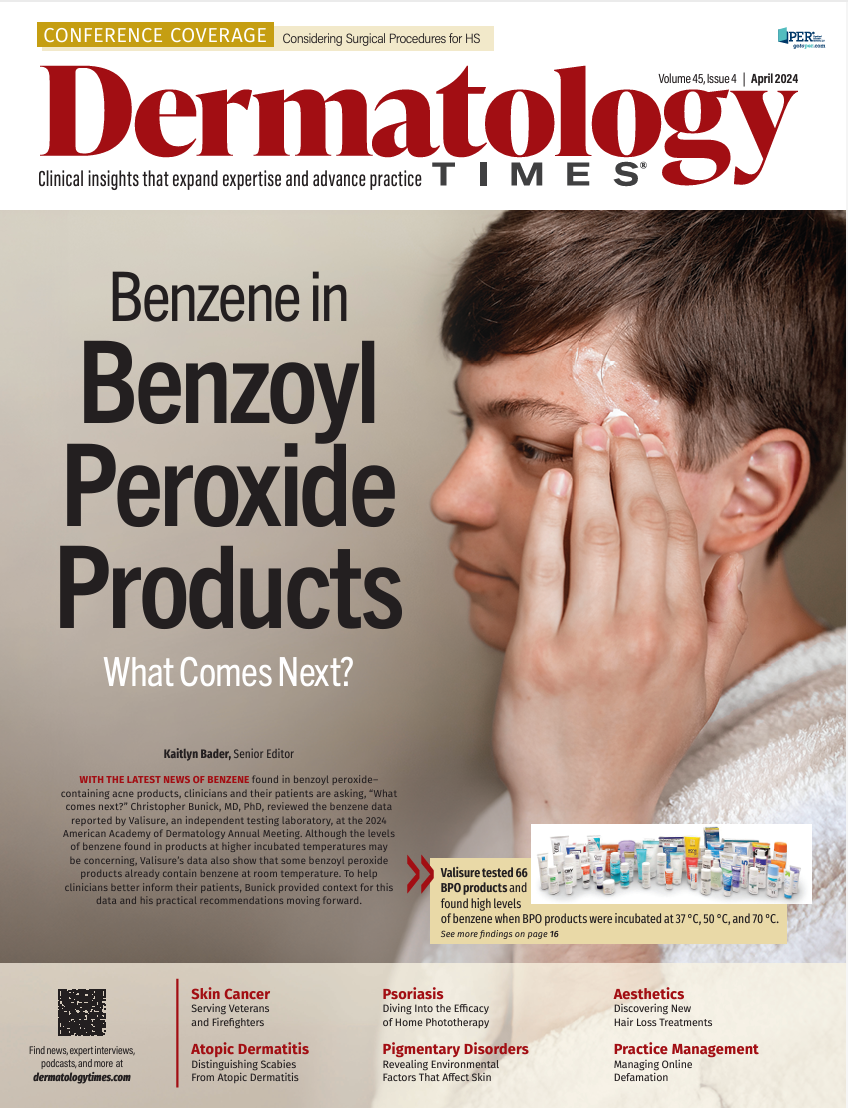
Newsletter
Like what you’re reading? Subscribe to Dermatology Times for weekly updates on therapies, innovations, and real-world practice tips.

